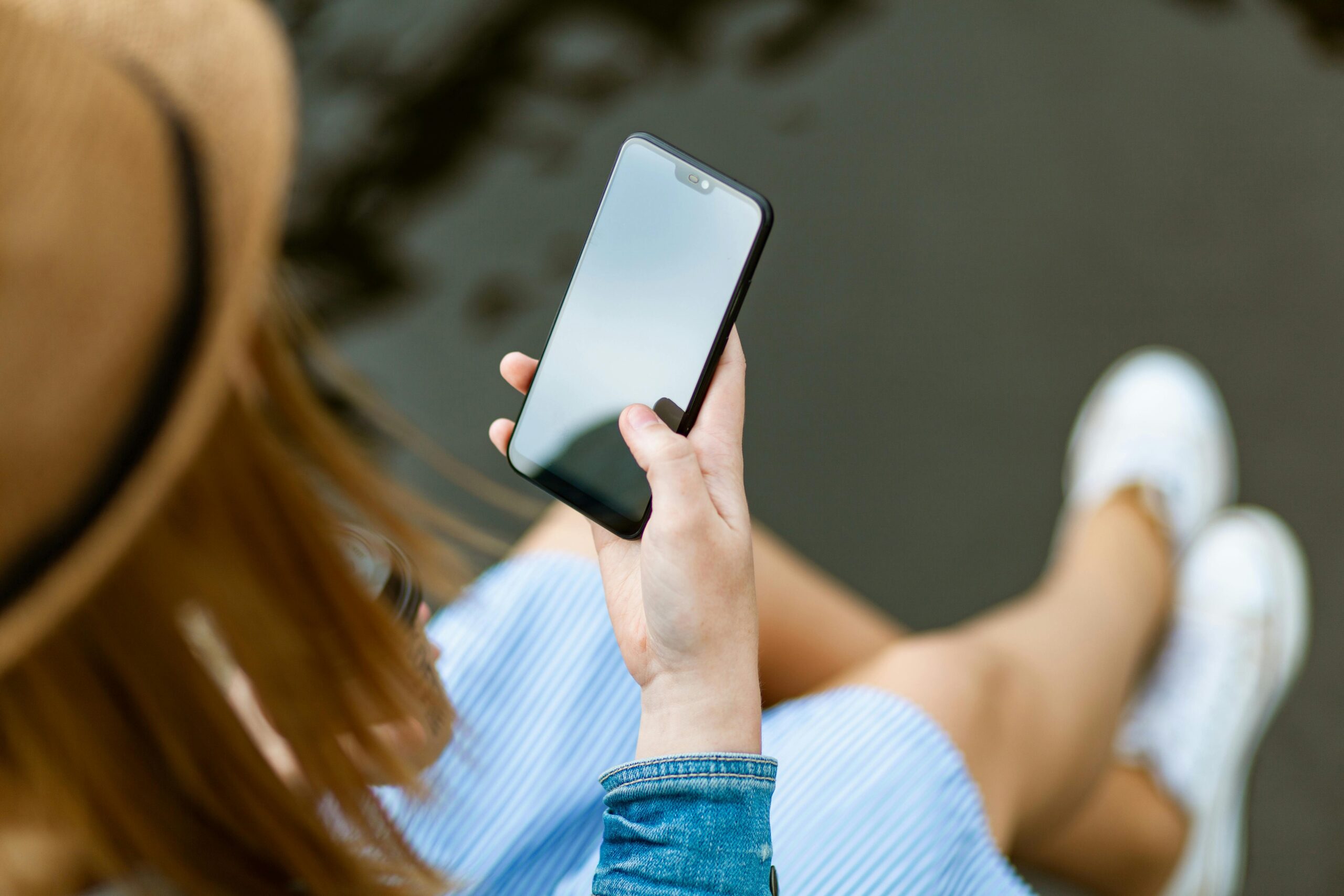
The Rise of Mental Health Language on TikTok: Helpful or Harmful?
TikTok isn’t just for dance trends and memes anymore — it’s become a major platform for mental health conversations. While increased awareness is a win, experts warn that the short‑form format and unregulated content can come with serious drawbacks. Let’s unpack both sides.
The Upside: Destigmatizing and Informative
For many Gen Z users, TikTok is their first exposure to discussion about mental health. Short clips titled how I handle my anxiety or my OCD routine have helped normalize these experiences and validate feelings that might otherwise go unseen.
A recent study found that brief TikToks on mental health, even those made by non‑professionals, helped reduce stigma over time. However, the study also found that these TikToks didn’t reduce internalized shame.
Emily Hemendinger, clinical director of the OCD Program at the University of Colorado, told CU Anschutz News that while TikTok isn’t a replacement for therapy, it’s an “excellent” starting point for raising awareness. Harvard Public Health called TikTok a “powerful platform for information transmission,” especially for youth who prefer bite‑size learning.
The Danger Zone: Misinformation and Oversimplification
It’s not all positive. A Guardian review discovered that more than half of the top 100 TikTok videos tagged with the hashtag #mentalhealthtips included misleading or false information. This included content about quick fixes or equating every emotional dip with a mental disorder.
According to the New York Times, TikTok’s algorithm can exacerbate these issues by trapping fast‑scrolling youth in echo chambers that pump out similar content in response to one click. It’s not only talk about anxiety or depression — bullying advice, disordered‑eating trends and pseudo‑therapeutic talk have also surfaced. Even when platforms remove specific harmful hashtags, users often just reinvent them, continuing the cycle under new labels.
So… Is It Helpful or Harmful?
The answer lies somewhere in the middle. TikTok is a tool, not a therapist. The problem isn’t awareness — it’s whether that awareness is accurate and responsible.
Mental health videos can help break stigma and prompt people to seek help — even clinical support. But misinformation is rampant, with serious risks when people self-diagnose, try unverified “cures” or normalize unhealthy behaviours. TikTok’s addictive design and algorithm‑driven loops can intensify anxiety and push youth further into comparison or harmful content.
Tips for Using TikTok More Safely
Young people can still benefit from mental health content on TikTok — but mindful use is key. Here are some ways to stay safe on TikTok:
- Check the credentials of mental health creators. Prioritize content from registered professionals.
- Look for signs of nuance. Real advice acknowledges complexity; blanket statements are red flags.
- Balance what you watch. Alternate mental health clips with lighter content like hobbies, humour and social updates.
- Turn it off when it’s too much. If the feed makes you spiral, take a break.
- Use videos as a springboard, not a substitute. If something resonates deeply, consider talking to a counsellor or trusted adult.
Final Thoughts
TikTok has opened the door to important mental health dialogue. But it’s a starting point — not a destination. With awareness and skepticism, it can inspire self-care, community and help-seeking. Without caution, it risks misinforming and overwhelming.
Just like therapy or medicine, youth-friendly mental health talk on TikTok works best when paired with nuance — and professional guidance.
About the author
Josephine Naghavie






